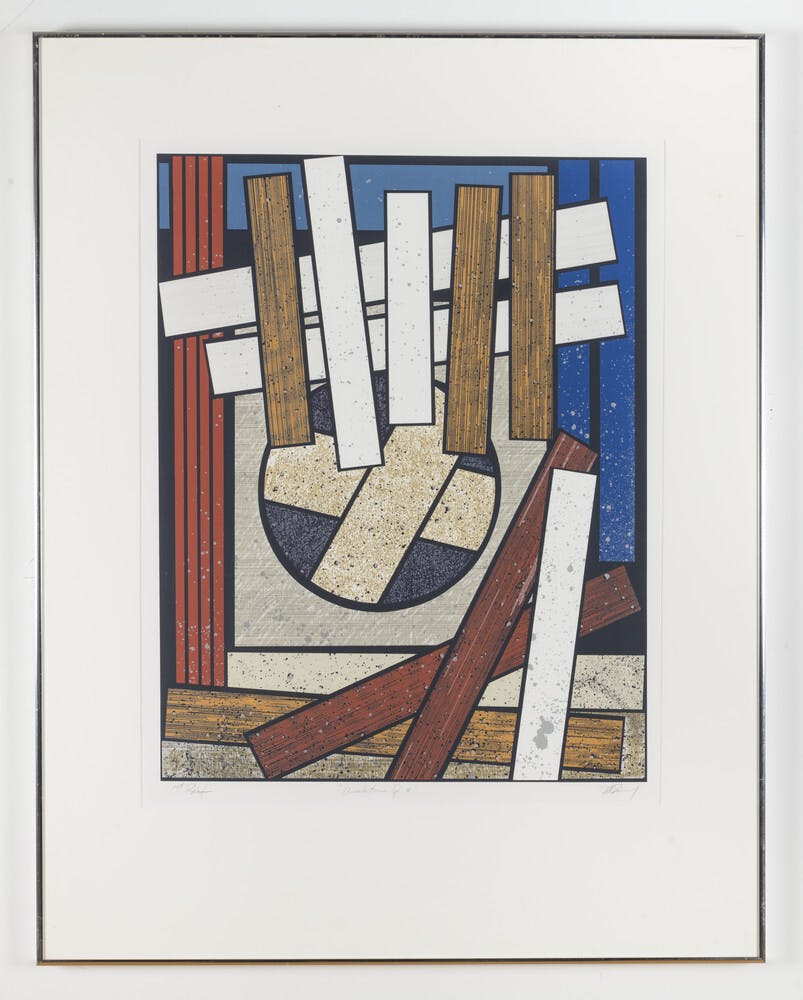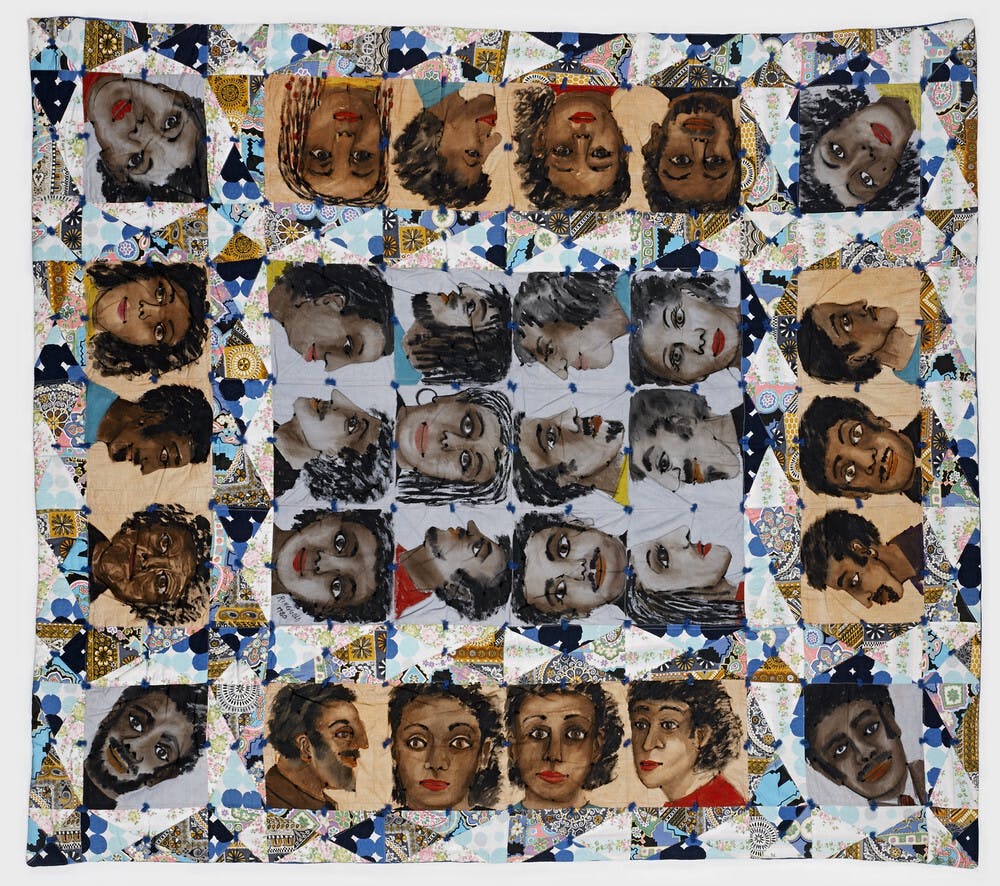
New Works in the Collection

Brandon Ndife1 artwork online

Jadé Fadojutimi1 artwork online

Jean-Michel Basquiat1 artwork online

2023–24 Artist-in-Residence Open Studios
May 4, 2024, 12:30–4:00 pm
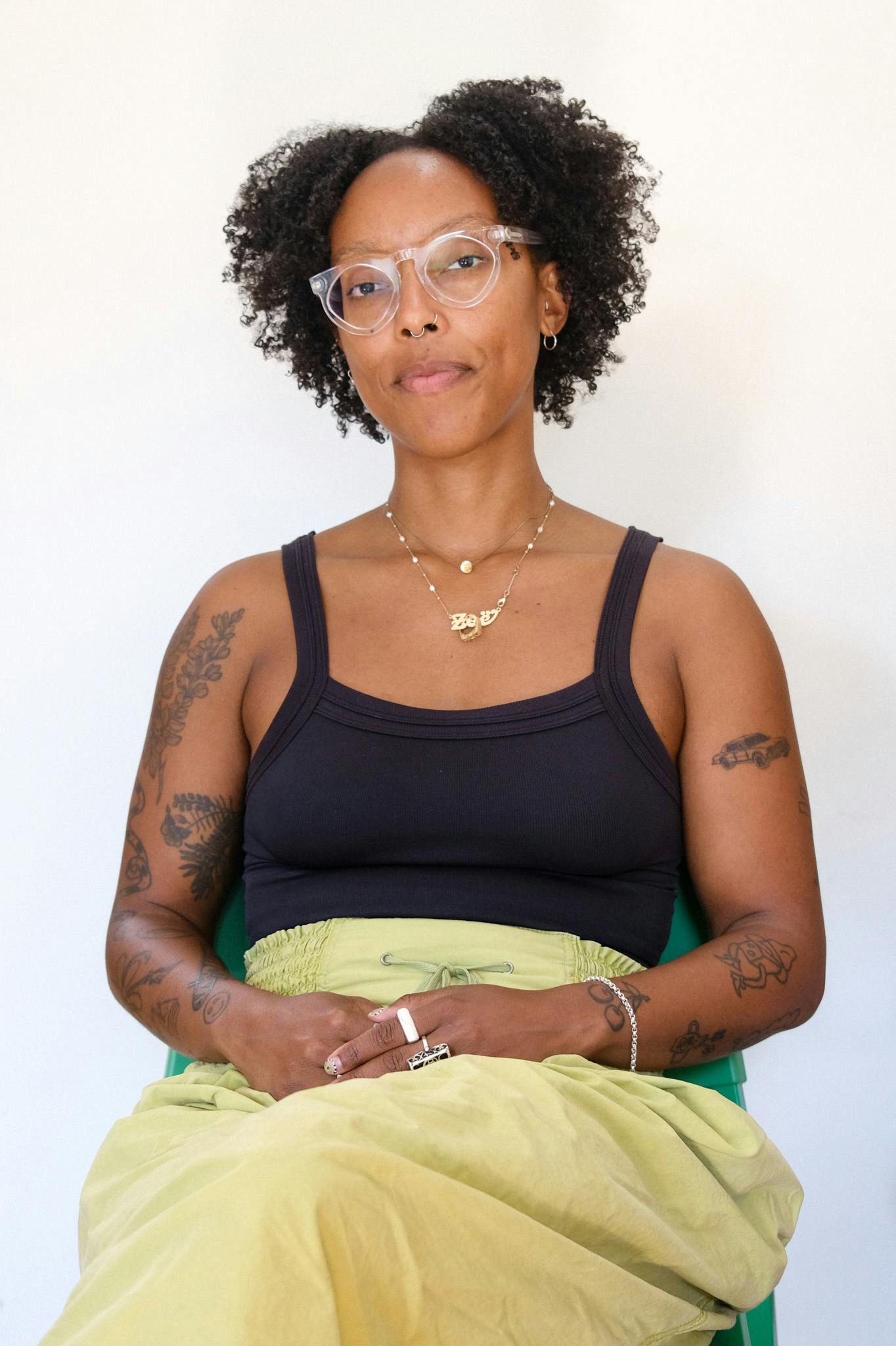
Zoë Pulley
Open Studio

Works on Loan: 2023–24
09.01.23-12.31.24

Art Leadership Praxis
Announcement
New Works in the Collection

Brandon Ndife1 artwork online

Jadé Fadojutimi1 artwork online

Jean-Michel Basquiat1 artwork online
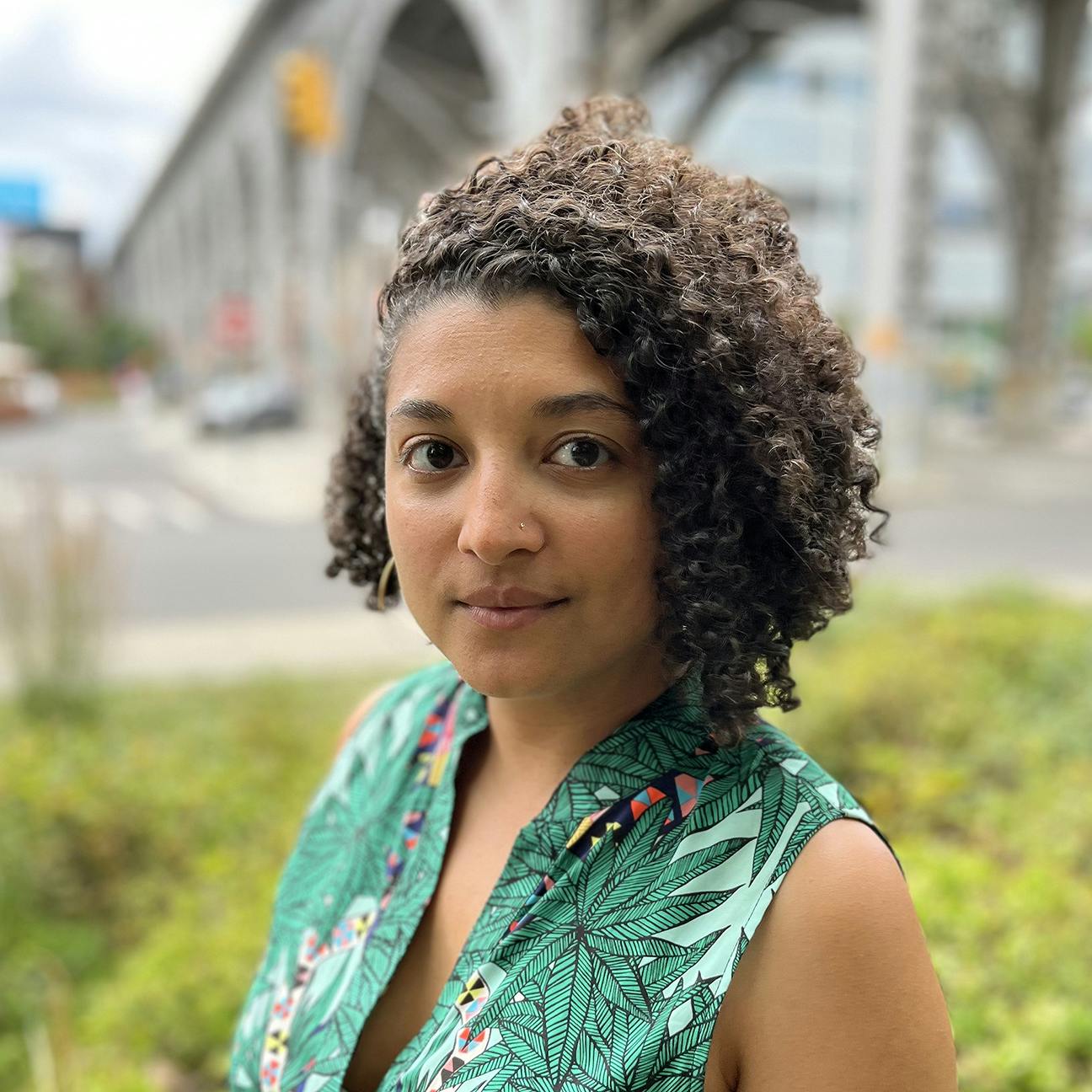
sonia louise davis
Open Studio
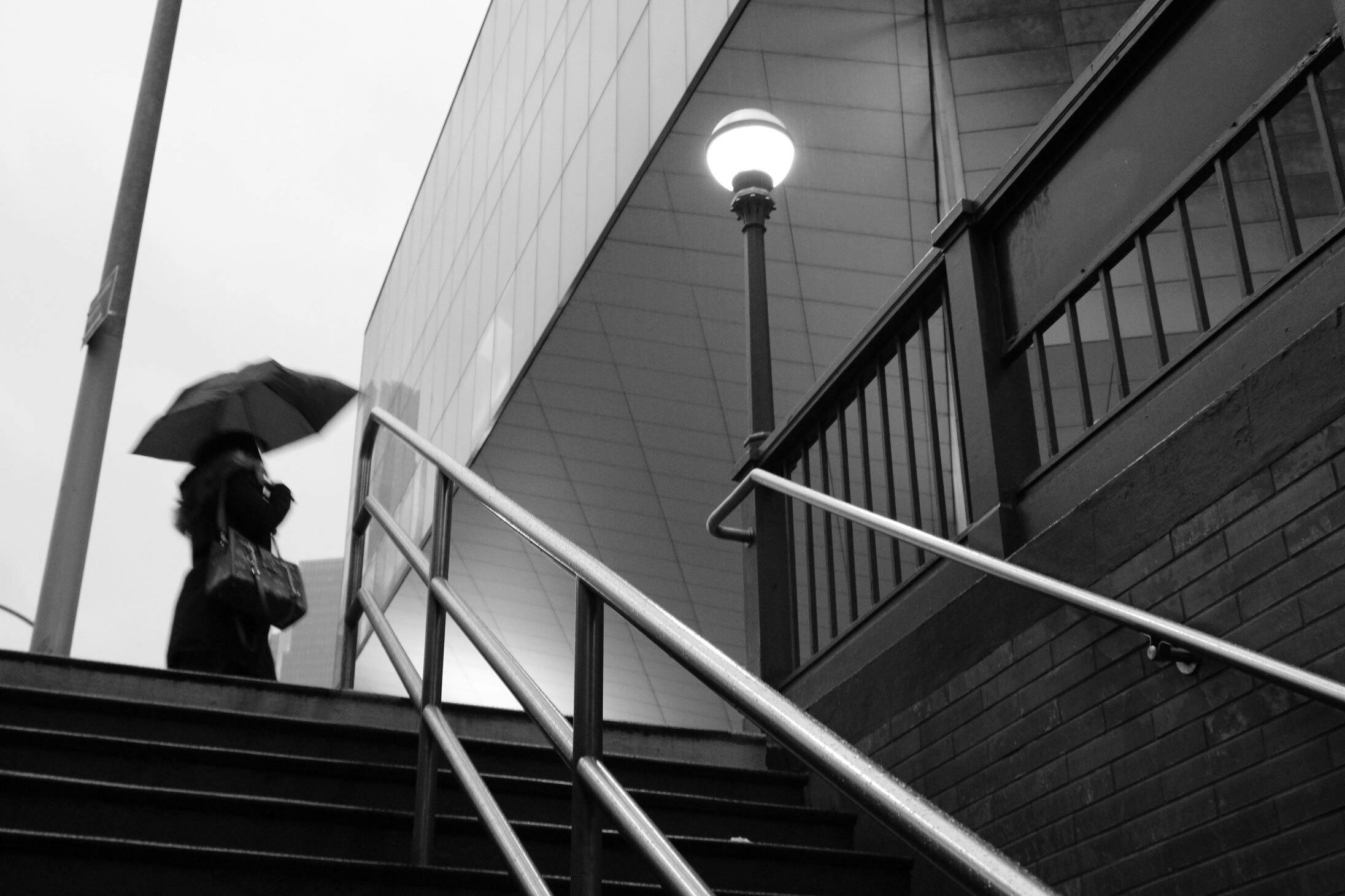
Between matter and memory Expanding the Walls 2023
August 2, 2023–July 18, 2024
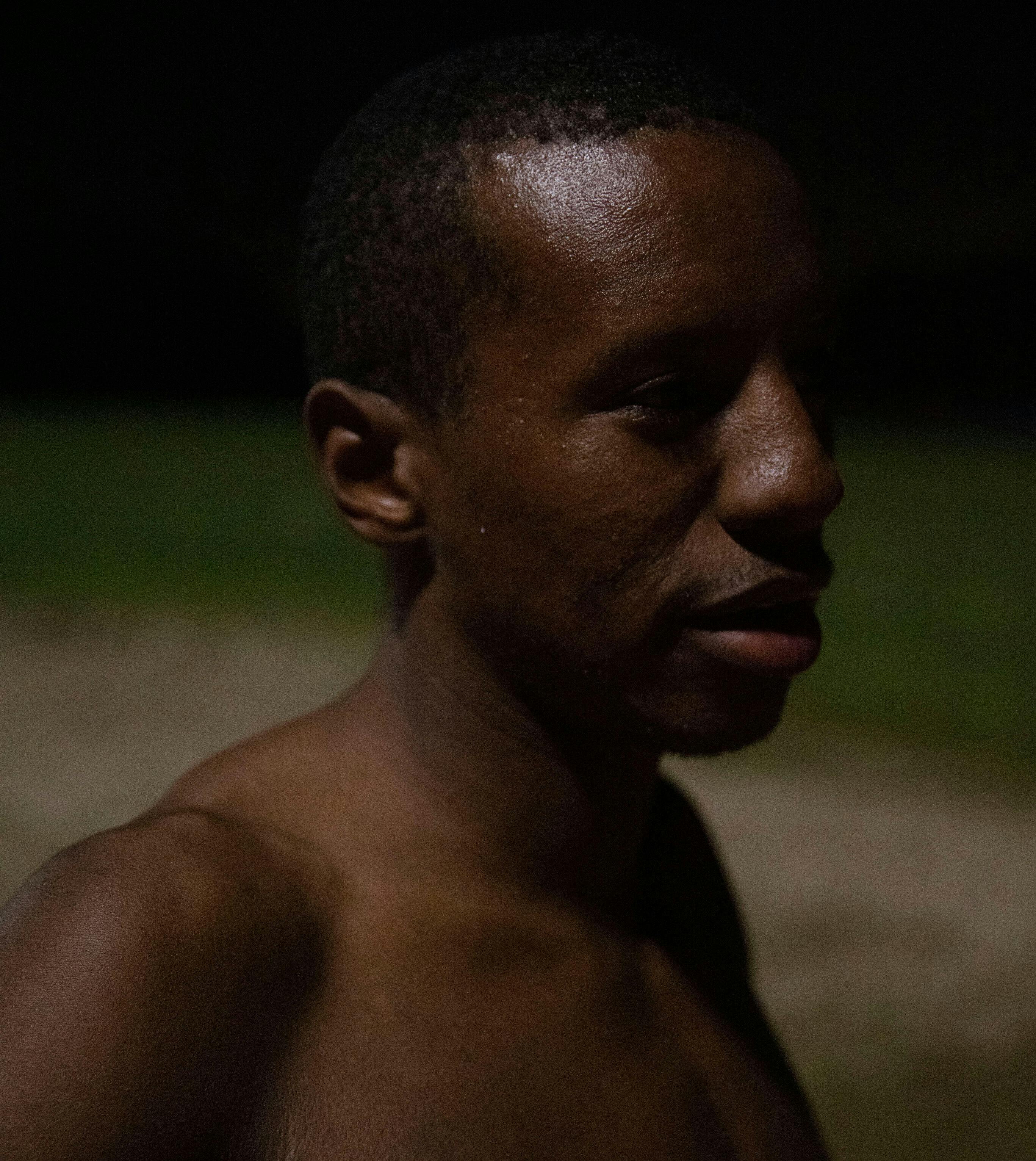
Malcolm Peacock
Open Studio

One People Unite
The Cover of Our Fall/Winter 2023 Issue of Studio Magazine

